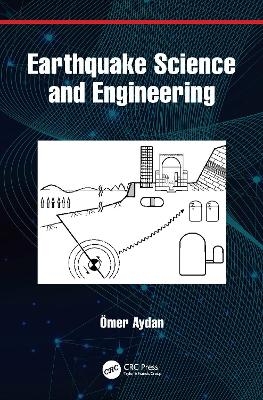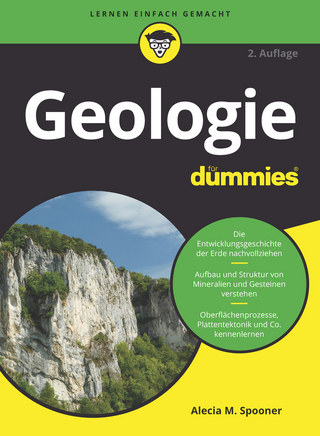
Earthquake Science and Engineering
CRC Press (Verlag)
978-0-367-75877-6 (ISBN)
Earthquakes form one of the categories of natural disasters that sometimes result in huge loss of human life as well as destruction of (infra)structures, as experienced during recent great earthquakes. This book addresses scientific and engineering aspects of earthquakes, which are generally taught and published separately. This book intends to fill the gap between these two fields associated with earthquakes and help seismologists and earthquake engineers better communicate with and understand each other. This will foster the development of new techniques for dealing with various aspects of earthquakes and earthquake-associated issues, to safeguard the security and welfare of societies worldwide.
Because this work covers both scientific and engineering aspects in a unified way, it offers a complete overview of earthquakes, their mechanics, their effects on (infra)structures and secondary associated events. As such, this book is aimed at engineering professionals with an earth sciences background (geology, seismology, geophysics) or those with an engineering background (civil, architecture, mining, geological engineering) or with both, and it can also serve as a reference work for academics and (under)graduate students.
Ömer Aydan was born in 1955 and studied Mining Engineering at the Technical University of Istanbul, Turkey (B.Sc., 1979), Rock Mechanics and Excavation Engineering at the University of Newcastle upon Tyne, UK (M.Sc., 1982), and received his Ph.D. in Geotechnical Engineering from Nagoya University, Japan in 1989. Prof. Aydan worked at Nagoya University as a research associate (1987–1991), and then in the Department of Marine Civil Engineering at Tokai University, first as Assistant Professor (1991–1993), then as Associate Professor (1993–2001), and finally as Professor (2001–2010). He then became Professor of the Institute of Oceanic Research and Development at Tokai University, and is currently Professor at the University of the Ryukyus, Department of Civil Engineering & Architecture, Nishihara, Okinawa, Japan. He is also the director of the Disaster Prevention Research Center for Island Region of the University of the Ryukyus. Prof. Aydan has played an active role in numerous organizations such as ISRM, JSCE, JGS, SRI and Rock Mechanics and other National Group of Japan committees, and has organized several national and international symposia and conferences.
1. Introduction. 2. Physics of earthquakes. 3. Waves and theory of wave propagation. 4. Faults and faulting mechanism of earthquakes. 5. Strong ground motions and permanent ground deformations. 6. Vibration analyses of structures. 7. Effects of earthquakes associated surface ruptures on engineering structures. 8. Seismic design of structures. 9. Tsunami: its effects on structures, and the fundamentals of tsunami-proof design. 10. Earthquake prediction
| Erscheinungsdatum | 30.06.2022 |
|---|---|
| Zusatzinfo | 45 Tables, black and white; 292 Line drawings, black and white; 223 Halftones, black and white; 515 Illustrations, black and white |
| Verlagsort | London |
| Sprache | englisch |
| Maße | 174 x 246 mm |
| Gewicht | 1120 g |
| Themenwelt | Naturwissenschaften ► Geowissenschaften ► Geologie |
| Technik ► Bauwesen | |
| ISBN-10 | 0-367-75877-6 / 0367758776 |
| ISBN-13 | 978-0-367-75877-6 / 9780367758776 |
| Zustand | Neuware |
| Informationen gemäß Produktsicherheitsverordnung (GPSR) | |
| Haben Sie eine Frage zum Produkt? |
aus dem Bereich


